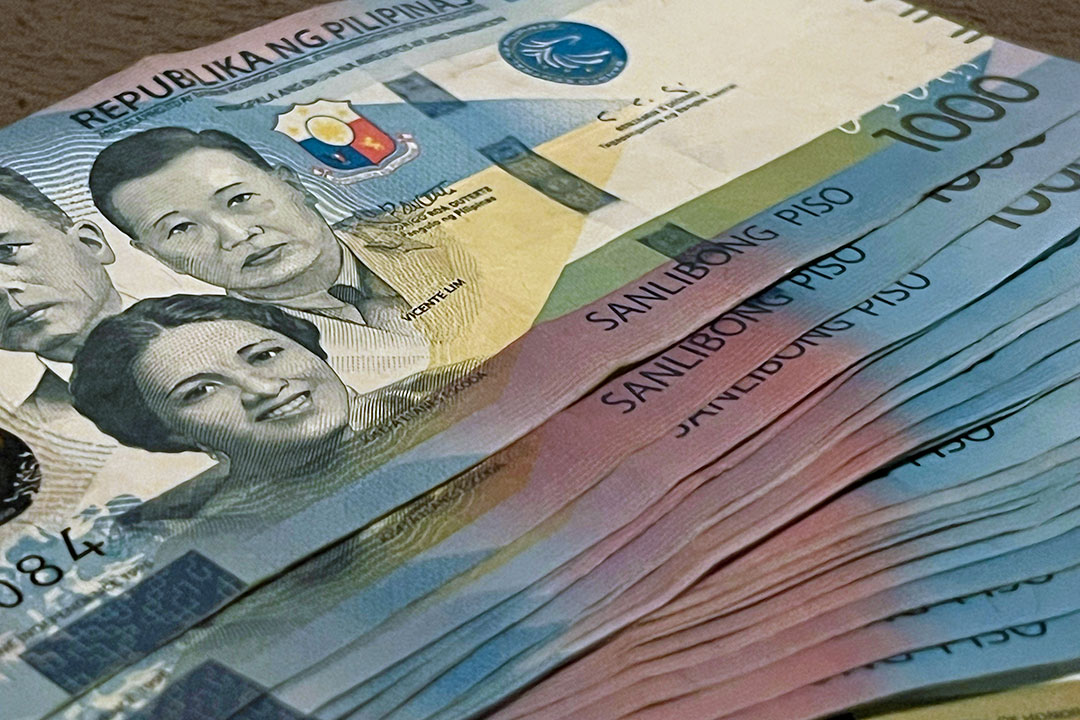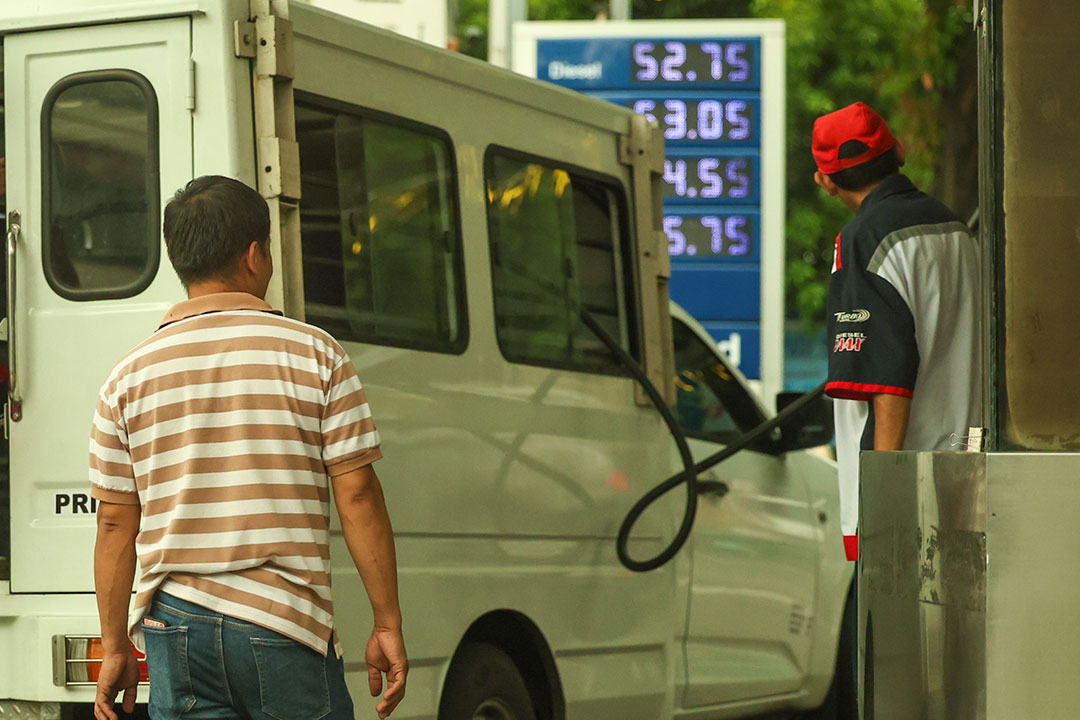
Upgrade to High-Speed Internet for only ₱1499/month!
Enjoy up to 100 Mbps fiber broadband, perfect for browsing, streaming, and gaming.
Visit Suniway.ph to learn
 BW FILE PHOTO
BW FILE PHOTOTHE PESO rebounded against the greenback on Tuesday after Iran and Israel agreed to a ceasefire after exchanging attacks for 12 days.
The local unit closed at P57.16 per dollar, surging by 42 centavos from its P57.58 finish on Monday, Bankers Association of the Philippines data showed.
The peso opened Tuesday’s session stronger at P57.20 against the dollar. Its intraday best was at P56.835, while its worst showing was at P57.21 versus the greenback.
Dollars exchanged jumped to $2.01 billion on Tuesday from $1.28 billion on Monday.
“The peso moved in line with regional peers as the dollar weakened following the ceasefire announcement. Interestingly, today’s close returned near Thursday’s level, suggesting that the gap seen last Friday was simply filled,” a trader said in a text message.
The local unit closed at P57.45 on June 19 (Thursday) and at P57.17 on June 20 (Friday). The peso fell sharply on Monday to hit a fresh three-month low due to fears of an escalation in the conflict after the United States attacked Iran’s nuclear facilities over the weekend.
The peso was also supported by the decline in global crude oil prices amid the ceasefire, Rizal Commercial Banking Corp. Chief Economist Michael L. Ricafort said in a Viber message.
“The US dollar-peso exchange rate corrected lower… as market sentiment globally improved after [US President Donald J.] Trump announced a tentative ceasefire between Iran and Israel, spurring optimism that the worst of the Middle East conflict is over,” he added.
For Wednesday, the trader expects the peso to move between P56.75 and P57.25 per dollar, while Mr. Ricafort said it could range from P57 to P57.30.
The US dollar fell on Tuesday after Mr. Trump announced a ceasefire between Israel and Iran, in news that sparked a risk rally and a sharp drop in oil prices, Reuters reported.
Mr. Trump announced a complete ceasefire between Israel and Iran, potentially ending the 12-day conflict that led millions of people to flee Tehran and prompted fears of further escalation in the war-torn region.
Israel has agreed to Mr. Trump’s proposal, saying it has achieved its goal of removing Tehran’s nuclear and ballistic missile threat.
The yen and euro benefited from a sharp fall in oil prices as both the European Union and Japan rely heavily on imports of oil and liquefied natural gas, while the US is a net exporter.
Against the yen, the dollar was down 0.75% at 145.03.
The euro rose 0.27% to $1.1609. It hit $1.1632 a couple of weeks ago, its highest level since October 2021.
Adding to the pressure on the dollar were dovish comments from Federal Reserve policymaker Michelle Bowman, who said the US central bank should consider interest rate cuts soon, triggering a fall in US Treasury yields.
Fed Governor Christopher Waller said in a television interview last week that he would consider a rate cut at next month’s meeting as well.
Mohit Kumar, economist at Jefferies, said he expected the Fed to take more time before easing.
“We are not in the July camp, but do believe that data should show signs of weakness over the summer months and hence prompt a rate cut in September.”
Mr. Trump said on Tuesday that US rates should be lowered by at least two to three percentage points.
Markets are now pricing in close to a 23% chance the Fed could ease rates in July, up from 14.5% a day ago, according to the CME FedWatch tool.
Against a basket of currencies, the dollar was down 0.14% at 98.09, extending its more than 0.5% decline in the previous session.
Fed Chair Jerome H. Powell is due to testify before the US Congress on Tuesday and Wednesday, where focus will be on the outlook for US rates.
The risk-sensitive Australian dollar got a lift and last traded 0.7% higher at $0.6506 as did the New Zealand currency, which rose 0.75% to $0.6025.
Israel’s shekel rallied sharply too, jumping 1.5% against the dollar to its strongest level since February 2023.
“It’s obviously positive news for risk sentiment,” said Rodrigo Catril, senior currency strategist at National Australia Bank, of the announced ceasefire.
“We need to obviously have a bit more detail in terms of exactly what all this means… I suppose it will be the conditions of the ceasefire, and what are the conditions for a longer-lasting peace deal.”
In cryptocurrencies, bitcoin rose 2% to $105,832, while ether jumped 3.2% to $2,425, in a reflection of the positive risk sentiment. — Aaron Michael C. Sy with Reuters




